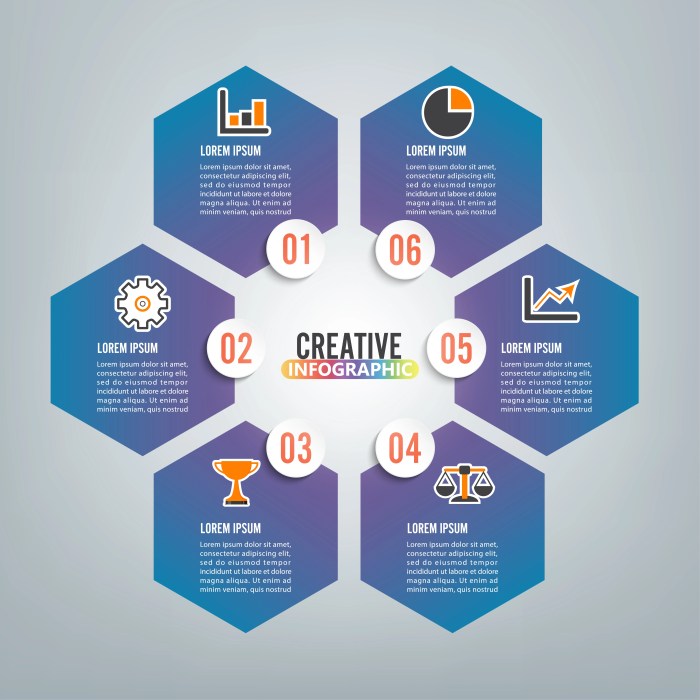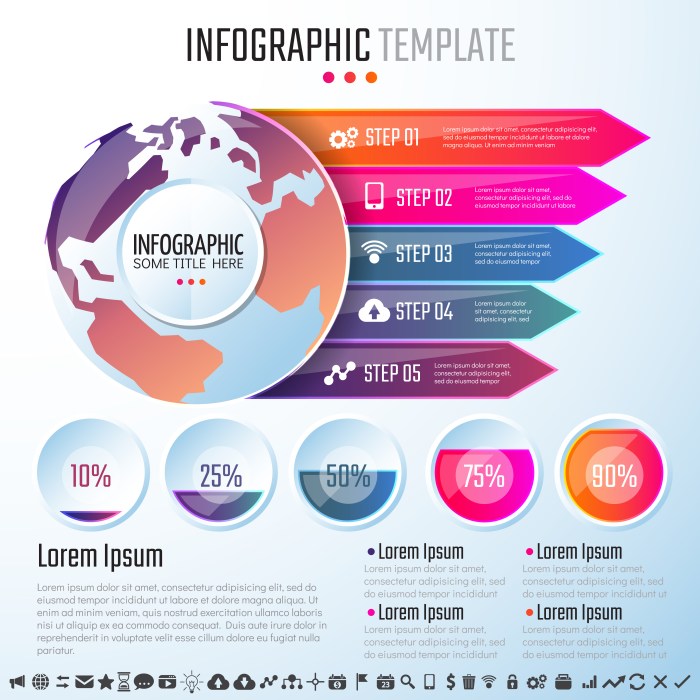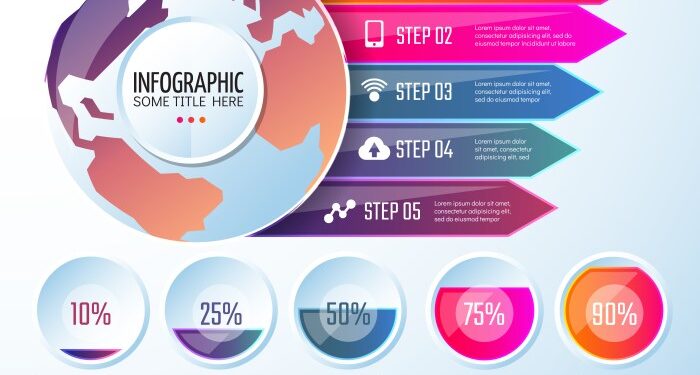Dive into the world of infographic design, where creativity meets information. In this digital age, the ability to convey complex ideas simply and effectively has become paramount. Through the strategic use of visuals, colors, and layout, infographics have revolutionized how we absorb and engage with information.
Let's explore the key aspects of infographic design that make it a powerful tool in today's visual communication landscape.
Infographics are not just about presenting data but transforming it into a visual story that captivates and educates. By incorporating compelling visuals and design elements, infographics have the potential to convey information in a way that is both memorable and impactful.
Importance of Infographic Design

Infographic design plays a crucial role in visual communication by transforming complex information into easily digestible visuals that capture the audience's attention and enhance information retention.
Enhanced Information Retention
Effective infographic design utilizes a combination of visuals, colors, and concise text to simplify complex data. For example, using charts and graphs in infographics can help viewers quickly grasp statistical information without getting overwhelmed by numbers.
Impact on Engagement and Shareability
Well-designed infographics are more likely to be shared on social media platforms due to their visually appealing nature. Infographics with engaging visuals and relevant content have the potential to go viral, reaching a wider audience and increasing brand visibility.
Elements of a Successful Infographic
Infographics are effective tools for visual communication, but what makes them successful? Let's delve into the key components that contribute to a well-designed infographic.
Color Schemes, Typography, and Visual Hierarchy
Color schemes play a crucial role in capturing the audience's attention and conveying the message effectively. The use of complementary colors, contrasting hues, and a consistent color palette can enhance the visual appeal of an infographic. Typography also plays a significant role in ensuring readability and guiding the viewer through the content.
Choosing the right fonts, sizes, and styles can help in emphasizing key information and maintaining visual consistency. Moreover, establishing a clear visual hierarchy by prioritizing content elements based on importance and using size, color, and placement can improve the overall flow of information within the infographic.
Icons, Illustrations, and Data Visualization Techniques
Icons and illustrations are powerful visual elements that can simplify complex information and make it more engaging for the audience. By incorporating relevant icons and illustrations, an infographic can enhance comprehension and create a memorable visual experience. Additionally, the use of data visualization techniques such as charts, graphs, and diagrams can help in presenting data in a meaningful and digestible format.
Visualizing data through compelling graphics not only makes the information easier to understand but also adds credibility to the content.
Best Practices for Infographic Design

When it comes to creating effective infographics, following best practices can make a significant difference in engaging your audience and delivering information in a visually appealing way.
Keep It Simple and Clear
One of the most important aspects of infographic design is maintaining simplicity and clarity
Choose the Right Layout and Structure
When deciding on the layout and structure of your infographic, consider the flow of information and how each element connects to the next. Use a logical sequence that guides the viewer through the content smoothly. Make sure to balance text, images, and white space effectively.
Tools and Software for Creating Infographics
Creating visually appealing and informative infographics requires the right tools and software. Let's explore some popular options used by designers to craft engaging visual content.
Canva
Canva is a user-friendly platform that offers a wide range of templates, graphics, and icons to create stunning infographics. It provides easy drag-and-drop functionality, making it ideal for beginners and professionals alike.
Piktochart
Piktochart is another popular tool known for its customizable templates and interactive charts. It allows users to add animations and videos to enhance the visual appeal of infographics, making them more engaging for viewers.
Venngage
Venngage is a versatile platform that offers a variety of design elements, from charts and maps to icons and illustrations. It also provides data visualization tools to help users present complex information in a visually appealing way.
Adobe Illustrator
For more advanced users, Adobe Illustrator is a powerful software that offers extensive design capabilities. It allows for precise control over every aspect of the infographic, making it the go-to tool for professional graphic designers.
How to Leverage These Tools
When using these tools, it's essential to familiarize yourself with their features and functionalities. Take advantage of pre-designed templates, customize colors and fonts to match your branding, and ensure your infographic is visually cohesive and easy to understand.
Closure
As we conclude our exploration of infographic design, it's evident that these visually appealing creations play a crucial role in modern communication strategies. From enhancing engagement to simplifying complex concepts, infographics have proven to be a versatile and effective tool.
Whether you're a marketer, educator, or content creator, mastering the art of infographic design can elevate your message and leave a lasting impression on your audience.
FAQs
How can infographic design improve information retention?
Infographic design uses visual elements and storytelling to simplify complex data, making it easier for viewers to remember and understand the information presented.
What role does color play in infographic design?
Colors in infographics can evoke emotions, create hierarchy, and aid in information organization, enhancing the overall visual appeal and message clarity.
Why is maintaining simplicity important in infographic design?
Simple infographics are easier to comprehend and more visually appealing, ensuring that the message is conveyed effectively without overwhelming the audience with unnecessary details.















